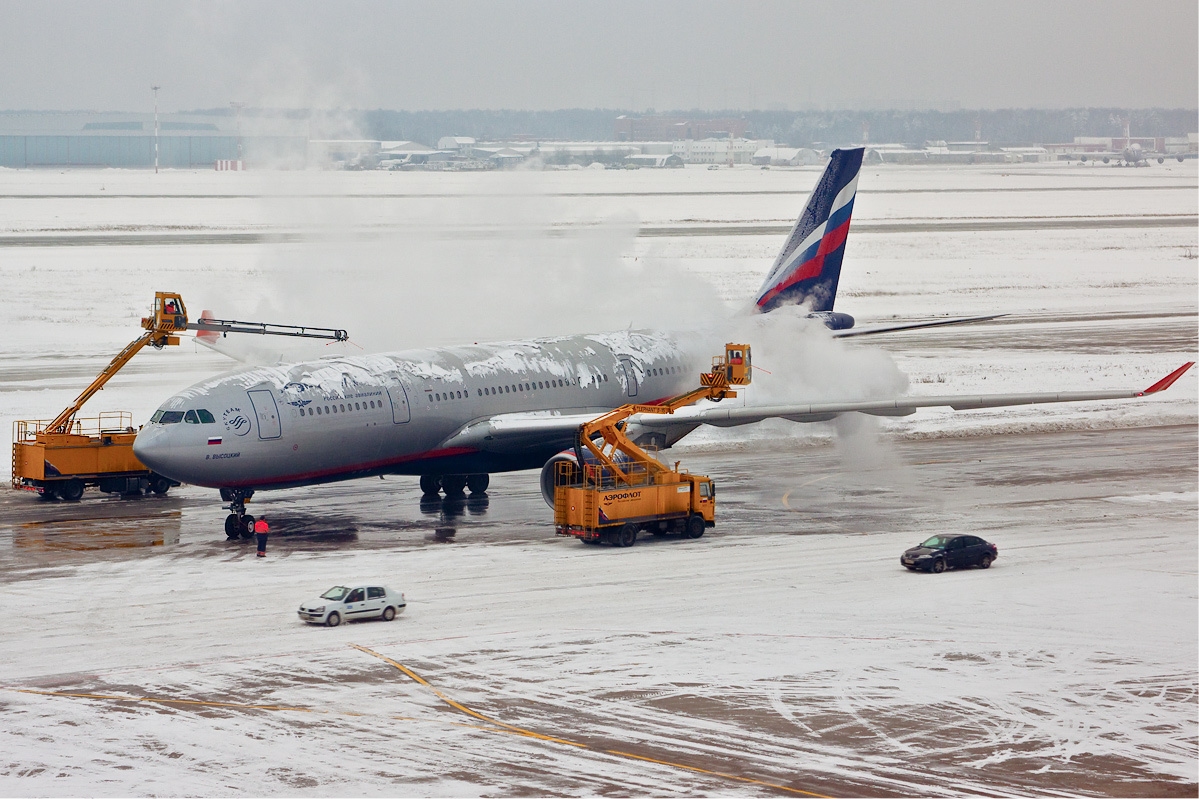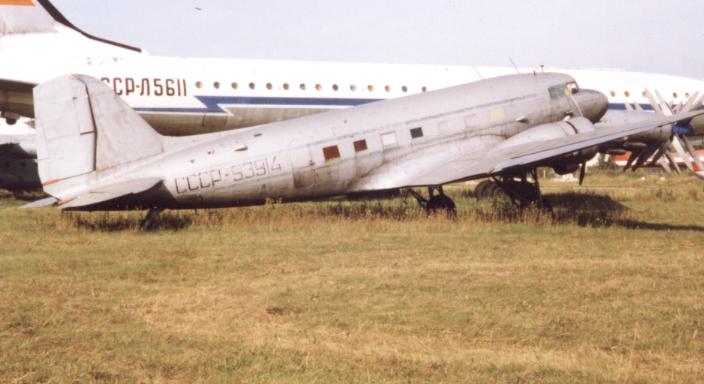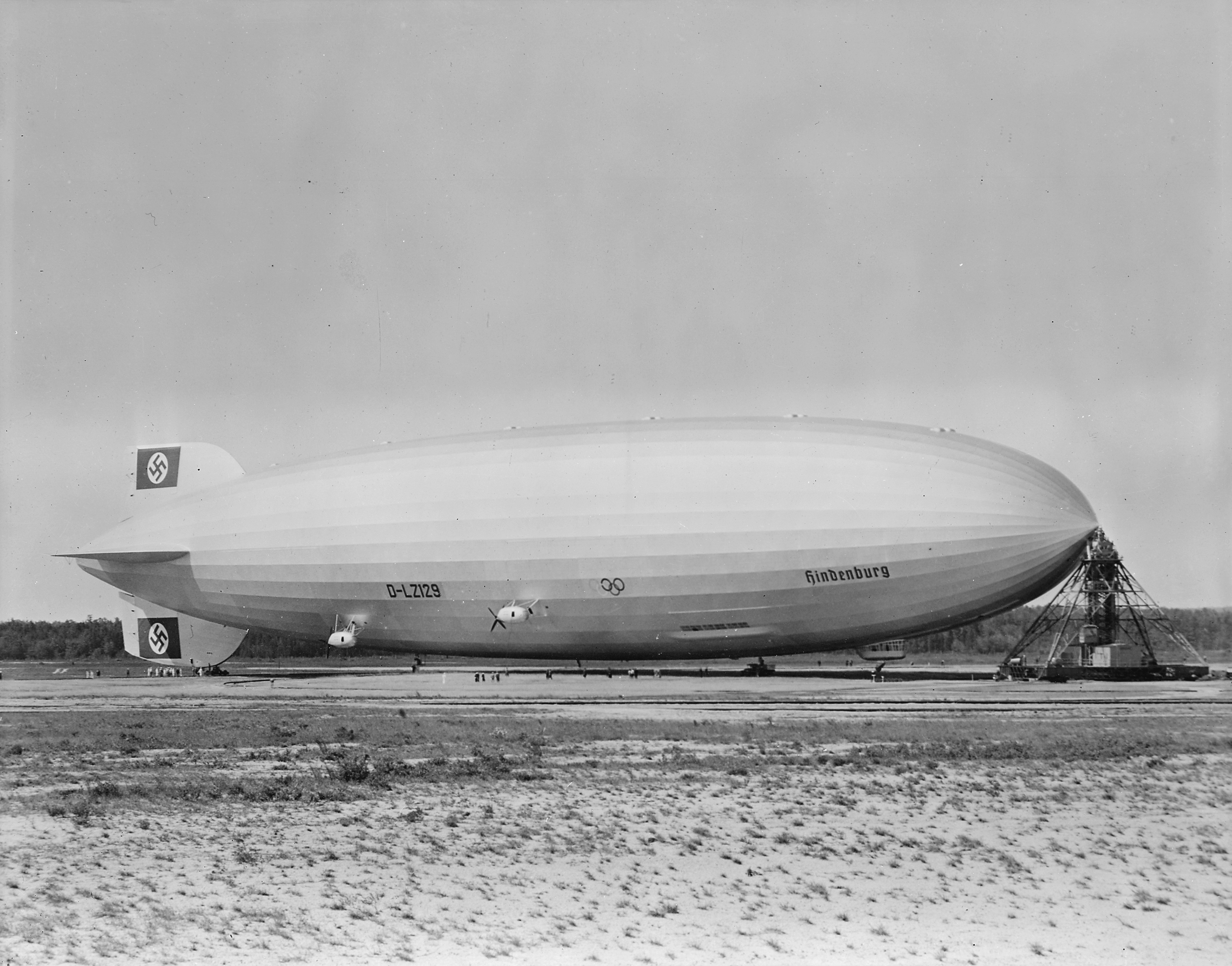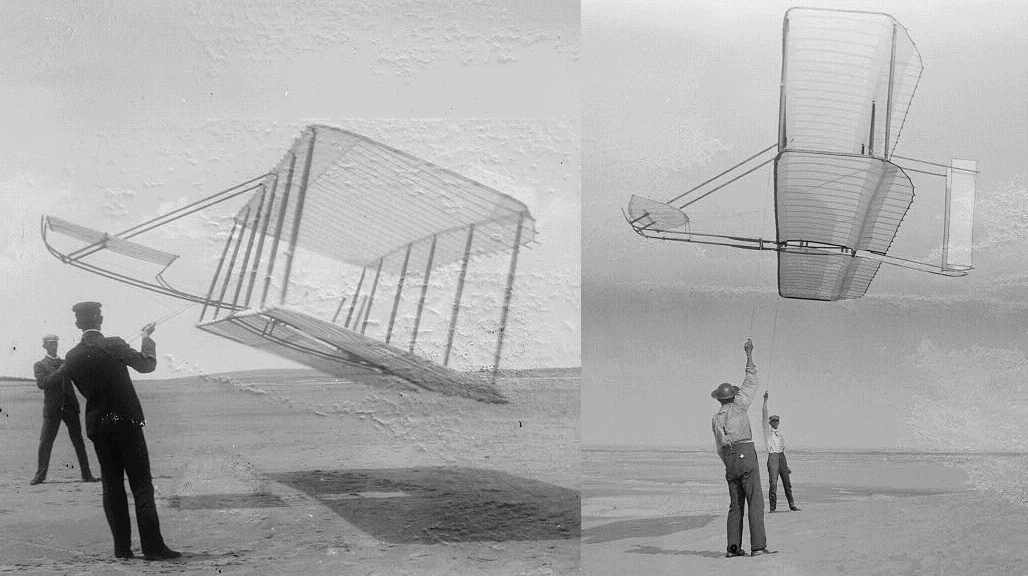|
Aeroflot Flight 513
Aeroflot Flight 513 was a domestic scheduled passenger flight operated by Aeroflot that crashed during takeoff from Kuybyshev Airport in the Soviet Union on 8 March 1965, resulting in the deaths of 30 passengers and crew. It was the first fatal accident involving a Tupolev Tu-124. Aircraft The aircraft involved in the accident was a Tupolev Tu-124V with two Soloviev D-20P engines, registered SSSR-45028 to the Soviet Union's state airline, Aeroflot. At the time of the accident, the aircraft had accumulated 1,612 flight hours and 1,151 pressurization cycles in service. Crew Thirty passengers and crew members were on board the flight. The crew consisted of the following: * Captain Ivan Kostin * Captain trainee Victor Sjulin * Check captain Pavel Saveliev * Co-pilot Victor Kiryakov * Radio operator Evgeny Ivanov * Flight engineer Alexander Danilov * Navigator Leonid Gostev Stewardesses Zoya Chicherina and Tamara Kolesnikova worked in the cabin. Flight and accident The ai ... [...More Info...] [...Related Items...] OR: [Wikipedia] [Google] [Baidu] |
Kurumoch International Airport
Kurumoch International Airport (russian: Международный аэропорт "Курумоч") is the international airport of Samara, Russia, Samara, Russia, located 35 km (22 mi) north of the city. Besides Samara, the airport serves Tolyatti – the second largest city in the region. The name of the airport originated from the closest village Kurumoch 7 km (4 mi) southwest. Kurumoch was used as a hub for Samara Airlines until the airline's bankruptcy. In 2011, Kurumoch was acquired by the largest airport holding and management company in Russia, Airports of Regions. Description Kurumoch became officially operational on 15 May 1961, as a domestic airport. The airport is notable for being the largest airport (by passenger traffic) in the Volga Federal District. In 2017, Kurumoch Airport served 2,649,426 passengers, a 26.6% increase from the previous year. Over 30 airlines made 12,959 departures to 43 destinations in 2017, in addition to 3,483 tons ... [...More Info...] [...Related Items...] OR: [Wikipedia] [Google] [Baidu] |
De-ice
Deicing is the process of removing snow, ice or frost from a surface. Anti-icing is the application of chemicals that not only deice but also remain on a surface and continue to delay the reformation of ice for a certain period of time, or prevent adhesion of ice to make mechanical removal easier. Deicing can be accomplished by mechanical methods (scraping, pushing); through the application of heat; by use of dry or liquid chemicals designed to lower the freezing point of water (various salts or brines, alcohols, glycols); or by a combination of these different techniques. Application areas Roadways In 2013, an estimated 14 million tons of salt were used for deicing roads in North America. Deicing of roads has traditionally been done with salt, spread by snowplows or dump trucks designed to spread it, often mixed with sand and gravel, on slick roads. Sodium chloride (rock salt) is normally used, as it is inexpensive and readily available in large quantities. However, sinc ... [...More Info...] [...Related Items...] OR: [Wikipedia] [Google] [Baidu] |
1965 In Russia
Events January–February * January 14 – The Prime Minister of Northern Ireland and the Taoiseach of the Republic of Ireland meet for the first time in 43 years. * January 20 ** Lyndon B. Johnson is Second inauguration of Lyndon B. Johnson, sworn in for a full term as President of the United States. ** Indonesian President Sukarno announces the withdrawal of the Indonesian government from the United Nations. * January 30 – The Death and state funeral of Winston Churchill, state funeral of Sir Winston Churchill takes place in London with the largest assembly of dignitaries in the world until the 2005 funeral of Pope John Paul II. * February 4 – Trofim Lysenko is removed from his post as director of the Institute of Genetics at the Russian Academy of Sciences, Academy of Sciences in the Soviet Union. Lysenkoism, Lysenkoist theories are now treated as pseudoscience. * February 12 ** The African and Malagasy Republic, Malagasy Common Organization ('; OCA ... [...More Info...] [...Related Items...] OR: [Wikipedia] [Google] [Baidu] |
1965 In The Soviet Union
Events January–February * January 14 – The Prime Minister of Northern Ireland and the Taoiseach of the Republic of Ireland meet for the first time in 43 years. * January 20 ** Lyndon B. Johnson is sworn in for a full term as President of the United States. ** Indonesian President Sukarno announces the withdrawal of the Indonesian government from the United Nations. * January 30 – The state funeral of Sir Winston Churchill takes place in London with the largest assembly of dignitaries in the world until the 2005 funeral of Pope John Paul II. * February 4 – Trofim Lysenko is removed from his post as director of the Institute of Genetics at the Academy of Sciences in the Soviet Union. Lysenkoist theories are now treated as pseudoscience. * February 12 ** The African and Malagasy Common Organization ('; OCAM) is formed as successor to the Afro-Malagasy Union for Economic Cooperation ('; UAMCE), formerly the African and Malagasy Union ('; UAM). ... [...More Info...] [...Related Items...] OR: [Wikipedia] [Google] [Baidu] |
Aeroflot Accidents And Incidents
Founded in 1923, Aeroflot, the flag carrier and largest airline of Russia (and formerly the Soviet Union) (formerly the world's largest airline), has had a high number of fatal crashes, with a total of 8,231 passengers dying in Aeroflot crashes according to the Aircraft Crashes Record Office, mostly during the Soviet-era, about five times more than any other airline. From 1946 to 1989, the carrier was involved in 721 incidents. From 1995 to 2017, the carrier was involved in 10 incidents. In 2013, AirlineRatings.com reported that five of the ten aircraft models involved in the highest numbers of fatal accidents were old Soviet models. Following is a list of accidents and incidents Aeroflot experienced from 1932 to the present. 1930s 1940s 1950s 1960s 1970s 1980s 1990s 2000s * On 21 September 2001, Ilyushin Il-86 (RA-86074) landed gear-up at Dubai Airport due to pilot error; all 322 passengers and crew survived, but the aircraft was written off. The aircraft was ope ... [...More Info...] [...Related Items...] OR: [Wikipedia] [Google] [Baidu] |
Aviation Accidents And Incidents In The Soviet Union
Aviation includes the activities surrounding mechanical flight and the aircraft industry. ''Aircraft'' includes fixed-wing and rotary-wing types, morphable wings, wing-less lifting bodies, as well as lighter-than-air craft such as hot air balloons and airships. Aviation began in the 18th century with the development of the hot air balloon, an apparatus capable of atmospheric displacement through buoyancy. Some of the most significant advancements in aviation technology came with the controlled gliding flying of Otto Lilienthal in 1896; then a large step in significance came with the construction of the first powered airplane by the Wright brothers in the early 1900s. Since that time, aviation has been technologically revolutionized by the introduction of the jet which permitted a major form of transport throughout the world. Etymology The word ''aviation'' was coined by the French writer and former naval officer Gabriel La Landelle in 1863. He derived the term from the v ... [...More Info...] [...Related Items...] OR: [Wikipedia] [Google] [Baidu] |
Aviation Accidents And Incidents In 1965
Aviation includes the activities surrounding mechanical flight and the aircraft industry. ''Aircraft'' includes fixed-wing and rotary-wing types, morphable wings, wing-less lifting bodies, as well as lighter-than-air craft such as hot air balloons and airships. Aviation began in the 18th century with the development of the hot air balloon, an apparatus capable of atmospheric displacement through buoyancy. Some of the most significant advancements in aviation technology came with the controlled gliding flying of Otto Lilienthal in 1896; then a large step in significance came with the construction of the first powered airplane by the Wright brothers in the early 1900s. Since that time, aviation has been technologically revolutionized by the introduction of the jet which permitted a major form of transport throughout the world. Etymology The word ''aviation'' was coined by the French writer and former naval officer Gabriel La Landelle in 1863. He derived the term from the ... [...More Info...] [...Related Items...] OR: [Wikipedia] [Google] [Baidu] |
Altitude Indicator
Altitude or height (also sometimes known as depth) is a distance measurement, usually in the vertical or "up" direction, between a reference datum and a point or object. The exact definition and reference datum varies according to the context (e.g., aviation, geometry, geographical survey, sport, or atmospheric pressure). Although the term ''altitude'' is commonly used to mean the height above sea level of a location, in geography the term elevation is often preferred for this usage. Vertical distance measurements in the "down" direction are commonly referred to as depth. In aviation In aviation, the term altitude can have several meanings, and is always qualified by explicitly adding a modifier (e.g. "true altitude"), or implicitly through the context of the communication. Parties exchanging altitude information must be clear which definition is being used. Aviation altitude is measured using either mean sea level (MSL) or local ground level (above ground level, or ... [...More Info...] [...Related Items...] OR: [Wikipedia] [Google] [Baidu] |
Stall (fluid Mechanics)
In fluid dynamics, a stall is a reduction in the lift coefficient generated by a foil as angle of attack increases.Crane, Dale: ''Dictionary of Aeronautical Terms, third edition'', p. 486. Aviation Supplies & Academics, 1997. This occurs when the critical angle of attack of the foil is exceeded. The critical angle of attack is typically about 15°, but it may vary significantly depending on the fluid, foil, and Reynolds number. Stalls in fixed-wing flight are often experienced as a sudden reduction in lift as the pilot increases the wing's angle of attack and exceeds its critical angle of attack (which may be due to slowing down below stall speed in level flight). A stall does not mean that the engine(s) have stopped working, or that the aircraft has stopped moving—the effect is the same even in an unpowered glider aircraft. Vectored thrust in aircraft is used to maintain altitude or controlled flight with wings stalled by replacing lost wing lift with engine or propeller thru ... [...More Info...] [...Related Items...] OR: [Wikipedia] [Google] [Baidu] |
Angle Of Attack
In fluid dynamics, angle of attack (AOA, α, or \alpha) is the angle between a reference line on a body (often the chord line of an airfoil) and the vector representing the relative motion between the body and the fluid through which it is moving. Angle of attack is the angle between the body's reference line and the oncoming flow. This article focuses on the most common application, the angle of attack of a wing or airfoil moving through air. In aerodynamics, angle of attack specifies the angle between the chord line of the wing of a fixed-wing aircraft and the vector representing the relative motion between the aircraft and the atmosphere. Since a wing can have twist, a chord line of the whole wing may not be definable, so an alternate reference line is simply defined. Often, the chord line of the root of the wing is chosen as the reference line. Another choice is to use a horizontal line on the fuselage as the reference line (and also as the longitudinal axis). Some aut ... [...More Info...] [...Related Items...] OR: [Wikipedia] [Google] [Baidu] |
Navigator
A navigator is the person on board a ship or aircraft responsible for its navigation.Grierson, MikeAviation History—Demise of the Flight Navigator FrancoFlyers.org website, October 14, 2008. Retrieved August 31, 2014. The navigator's primary responsibility is to be aware of ship or aircraft position at all times. Responsibilities include planning the journey, advising the ship's captain or aircraft commander of estimated timing to destinations while en route, and ensuring hazards are avoided. The navigator is in charge of maintaining the aircraft or ship's nautical charts, nautical publications, and navigational equipment, and they generally have responsibility for meteorological equipment and communications. With the advent of satellite navigation, the effort required to accurately determine one's position has decreased by orders of magnitude, so the entire field has experienced a revolutionary transition since the 1990s with traditional navigation tasks, like performing c ... [...More Info...] [...Related Items...] OR: [Wikipedia] [Google] [Baidu] |







.jpg)

